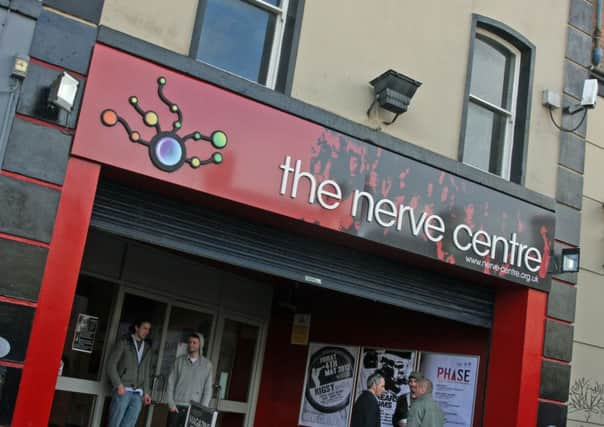Elephant in the room at Nerve Centre


Elephant was shown in the Nerve Centre on Wednesday November 13 as part of Cinema City’s legacy of conflicts season. It included a session with local artist and two time Turner Prize nominee, Willie Doherty.
The film, made in 1988 for the BBC, depicts a series of murders during the Troubles partly based on real police reports. At the time it was met with huge controversy. Willie explained that the film was made at a time when the “BBC would go out on a limb and make films that no one else would touch.”
Advertisement
Hide AdAdvertisement
Hide AdThe night began with Willie explaining the film which was directed by Alan Clarke. Although he hadn’t seen it at the time, in the years since it became an influence on his own work. It is also a clear influence on Gus Van Sant’s film, Elephant, based on the Columbine Massacre. Doherty then showed clips from other films which used similar styles as Elephant and which had also inspired his work.
He explained that the use of location in this film is also a strong theme in his work. He said “Places become Protagonists.” Another aspect of the film he admired was its repetitiveness. “Repetitiveness and seriality” is a strong theme throughout. The film shows 18 killings back to back; all similar but in different locations.
Elephant was the first film produced for the BBC by Danny Boyle, who has a season dedicated to his work during Cinema City. The title of the work came from Bernard MacLaverty’s description of the Troubles as ‘the elephant in our living room’ – a reference to the denial of underlying problems at the time.
When the film was shown it was easy to see why it was met with heavy criticism. The lack of dialogue adds a chilling feel throughout. Each murder is carried out with brutal casualness which is haunting. It is shot with a cold and clinical documentary style feel.
Advertisement
Hide AdAdvertisement
Hide AdBoyle’s inspiration for the film came from his shock at the lack of reports in the ‘mainland’ dealing with murders during the Troubles. This point echoes out clearly in each scene with the repetitive killing. There is no insight into who was killed or why they were killed. There are no answers. The film is not an entertaining night at the cinema; it is a dark look into the brutal acts that took place not long ago in this country.